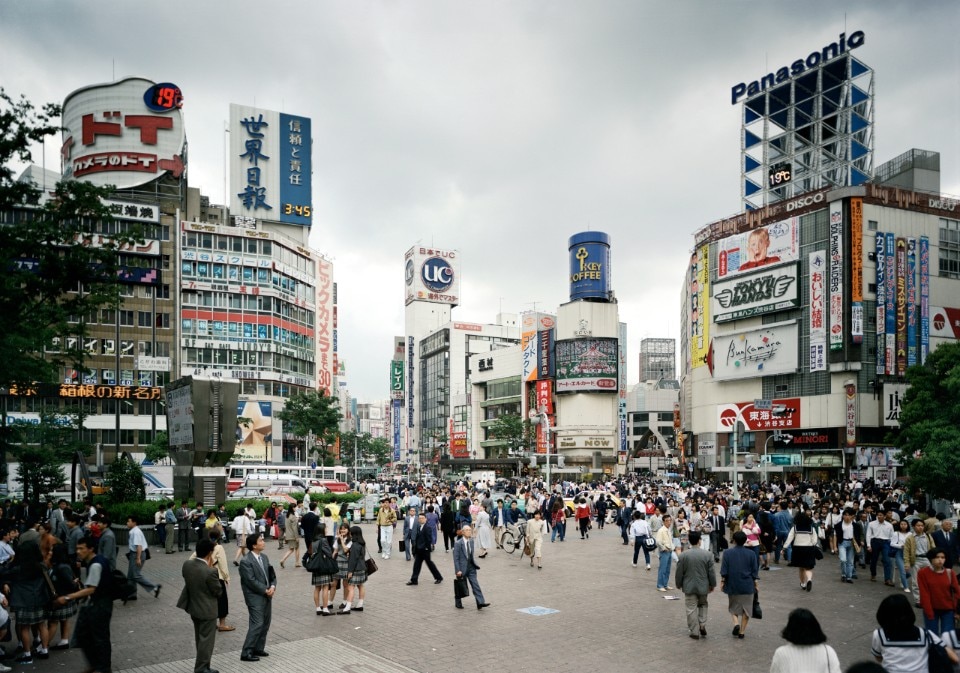This article was originally published on Domus 1047, June issue.
As we all become more accustomed to the conditions of our domestic internment and recognise the importance of those simple activities fundamental to daily life, we also become more circumspect about the people, structures and organisation that we depend on beyond our walls and often take for granted. When we gaze out of our windows looking for what is left of our relationship with the bigger world, we start to better understand and appreciate the fibres that hold together the collective structure on which we are so dependent both physically and emotionally. When we bang on saucepans or clap along with our neighbours in salute of those brave individuals who are making sacrifices on our behalf, we also celebrate the very idea of human generosity and community, expressing our belief that civilisation is something more than the achievement of individual comfort and security, and declaring in the most direct manner our need to belong. This time has both reminded us positively of our commitment to the idea of community, and also cruelly exposed those who are not protected by it.
Community has been an important part of the vocabulary of these recent months. It has been used incessantly by politicians and commentators in their need to explain and bolster the new conditions and limits we must adopt in our current complex social contract. At this fragile moment, when politicians of all tendencies struggle with the conflict between the safety of the people and the preservation of the economy, they inevitably appeal to these ideals of public good. But we must all ask ourselves why it takes such a threat to our personal safety and our economy for basic human tendencies and instincts to become properly acknowledged, and why they have in the past been so easily brushed aside. A virus that cannot be easily physically limited or politically ignored has exposed the necessary foundations of society: a care for others, a questioning of the mechanisms of privilege, and the acknowledgment that we all benefit from our contribution to the common good. Can we dare hope that these (vividly exposed) qualities will remain valued and integrated into the normal mechanisms of decision-making that define our built world from now on?
As architects, planners and designers, we, too, tend to use the terms “society”, “community”, “civic” rather too loosely as useful evocations of an order that might give purpose to what we build and make. We would like our work to be of value to others, not just as a consequence of practicality but of meaning beyond the individual task. We hope that through physical things – buildings, spaces, the organisation of how we live and work – we might be able to confirm the tendencies and instincts that draw us to live together, in community. In spite of everything, we remain convinced that the built environment not only contributes to our quality of life and to our well-being, but to the very physical expression of the idea of community itself.
A virus that cannot be easily physically limited or politically ignored has exposed the necessary foundations of society: a care for others, a questioning of the mechanisms of privilege, and the acknowledgment that we all benefit from our contribution to the common good
In our contemporary world, these ambitions struggle against administrative and commercial structures. Decisions that influence the planning of our cities are increasingly dependent on quantifiable and monetised results over the apparently soft gestures towards an idea of the collective, the commons. At best, we try to optimise the overlap of commercial and societal tendencies, and appeal to the importance of popularity as a vague measure of common value. But the question we must confront is how the planning and design of our cities, and the buildings and spaces they contain, can encourage connections and a sense of belonging. Though we might dispute the ways this can be realised in form, we should need no convincing that this is critical to the purpose of our work, nor that participation is essential if we are committed to creating community.
We rely on the interests, aspirations and concerns of the community to be protected and anticipated by the State in the form of the administration through planning processes and procedures. However, this has become an unreliable process, invariably failing to find a correct balance between logistic, commercial and social considerations. As architects, planners and designers, we inevitably operate at the behest of a confusing set of loyalties making different demands on our talent, professional skills and intellectual and social concerns. We cannot pretend that this balance has been fairly calibrated. Some have a clear voice and need little encouragement; others will need us to speak up for them.
As we emerge from our current situation into an unknown future, our commitment to the idea of community will be put under extreme scrutiny. The pandemic pushes us apart and challenges the structures of social behaviour and rituals. As we move forward in a mood of anxiety and reflection, we have the opportunity not only to reconfirm and re-establish priorities, but to create a new commitment to the idea of community. The last months have proved that the order of things can be changed and decisions can be made not only to protect commercial interests but also towards the common good. We must reassess the priorities that have tended to put the way we build and design in conflict with our natural environment and also underestimated the critical contribution it can make to our sense of community.
Opening image: Thomas Struth, Shibuya Crossing, Tokyo 1991. Chromogenic print, 184 x 241.3 cm.


